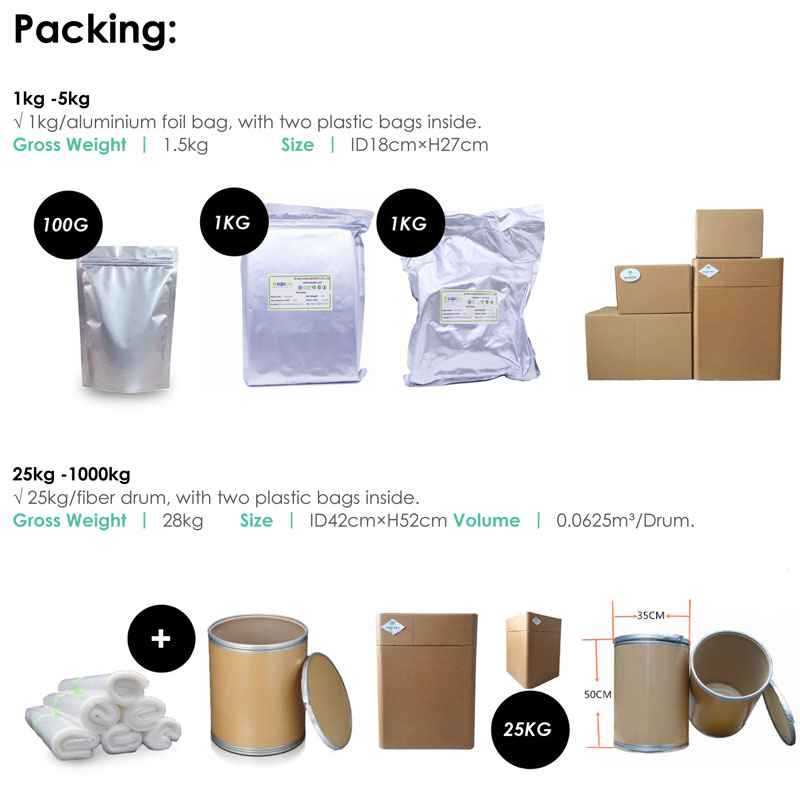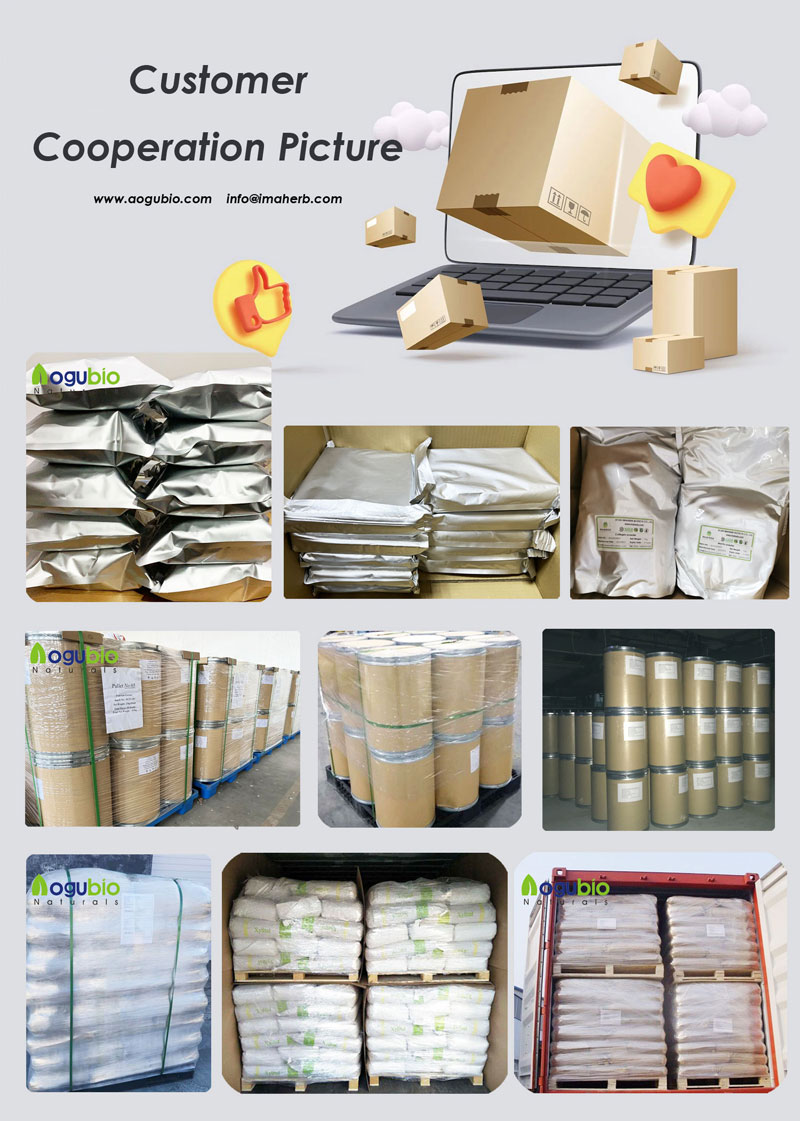CAS 137-66-6 L-Ascorbyl Palmitate Powder/ Ascorbyl Palmitate
Product Description
Vitamin C, also known as ascorbic acid and L-ascorbic acid, is a vitamin found in food and used as a dietary supplement. Thedisease scurvy is prevented and treated with vitamin C-containing foods or dietary supplements. Evidence does not support use in the general population for the prevention of the common cold. Ascorbyl palmitate has all the physiological activities of vitamin C, is a highly effective antioxidant and oxygen free radical scavenger, and is used by the World Health Organization (WHO) Food The Additives Committee has rated it as a nutritional, efficient, and safe food additive. Insen Biotech Vitamin C Palmitate is an antioxidant in China that can be used in infant foods.
Vitamin C Palmitate/Ascorbyl Palmitate is a fat-soluble form of ascorbic acid, or vitamin C. Unlike ascorbic acid, which is water-soluble, ascorbyl palmitate is not water-soluable. Consequently ascorbyl palminate can be stored in cell membranes until it is required by the body. Many people think vitamin C (ascorbyl palminate) is only used for immune support, but it has many other important functions. A major role of vitamin C is in manufacturing collagen, a protein that forms the basis of connective tissue - the most abundant tissue in the body. Ascorbyl palmitate is an effective free radical-scavenging antioxidant which promotes skin health and vitality.
- Fat-Soluble: Unlike regular vitamin C, which is water-soluble, ascorbyl palmitate is fat-soluble. This allows it to penetrate lipid membranes, making it effective in formulations that contain oils or fats.
- Antioxidant: Ascorbyl palmitate acts as an antioxidant, helping to neutralize free radicals and protect cells from oxidative stress.
- Stabilizer: It helps stabilize formulations by preventing the oxidation of other ingredients, particularly in oil-based products.
Certification of Analysis
|
Items
|
Standards
|
Results
|
|
Physical Analysis
|
||
|
Appearance
|
Fine Powder
|
Conforms
|
|
Color
|
White Powder
|
Conforms
|
|
Odor
|
Characteristic
|
Conforms
|
|
Mesh Size
|
100% through 80% mesh size
|
Conforms
|
|
General Analysis
|
||
|
Identification
|
Identical to R.S. sample
|
Conforms
|
|
Ascorbyl Palmitate
|
≥0.95
|
99.45%
|
|
Extract Solvents
|
Water and Ethanol
|
Conforms
|
|
Loss on Drying (g/100g)
|
≤5.0
|
3.24%
|
|
Ash(g/100g)
|
≤5.0
|
2.05%
|
|
Chemical Analysis
|
||
|
Pesticides Residue (mg/kg)
|
0.05
|
Conforms
|
|
Residual Solvent
|
<0.05%
|
Conforms
|
|
Residual Radiation
|
Negative
|
Conforms
|
|
Lead(Pb) (mg/kg)
|
<3.0
|
Conforms
|
|
Arsenic(As) (mg/kg)
|
<2.0
|
Conforms
|
|
Cadmium(Cd) (mg/kg)
|
<1.0
|
Conforms
|
|
Mercury(Hg) (mg/kg)
|
<0.1
|
Conforms
|
|
Microbiological Analysis
|
||
|
Total Plate Count(cfu/g)
|
≤1,000
|
300
|
|
Molds and Yeast (cfu/g)
|
≤100
|
29
|
|
Coliforms (cfu/g)
|
Negative
|
Conforms
|
|
Salmonella(/25g)
|
Negative
|
Conforms
|
Function
- Skin Protection: As an antioxidant, it helps protect the skin from environmental damage, such as UV radiation and pollution.
- Anti-Aging: It may help reduce the appearance of fine lines and wrinkles by promoting collagen synthesis and improving skin texture.
- Brightening: Like other forms of vitamin C, ascorbyl palmitate can help brighten the skin and improve overall skin tone.
- Moisturizing: It can contribute to the moisturizing properties of formulations, making it beneficial for dry skin.
Application
- Cosmetics and Skincare: Commonly found in creams, lotions, serums, and sunscreens. It is often included in formulations aimed at anti-aging, brightening, and skin protection.
- Food Industry: Used as a food additive (E304) to prevent oxidation and extend shelf life in various food products, including oils and fats.





















